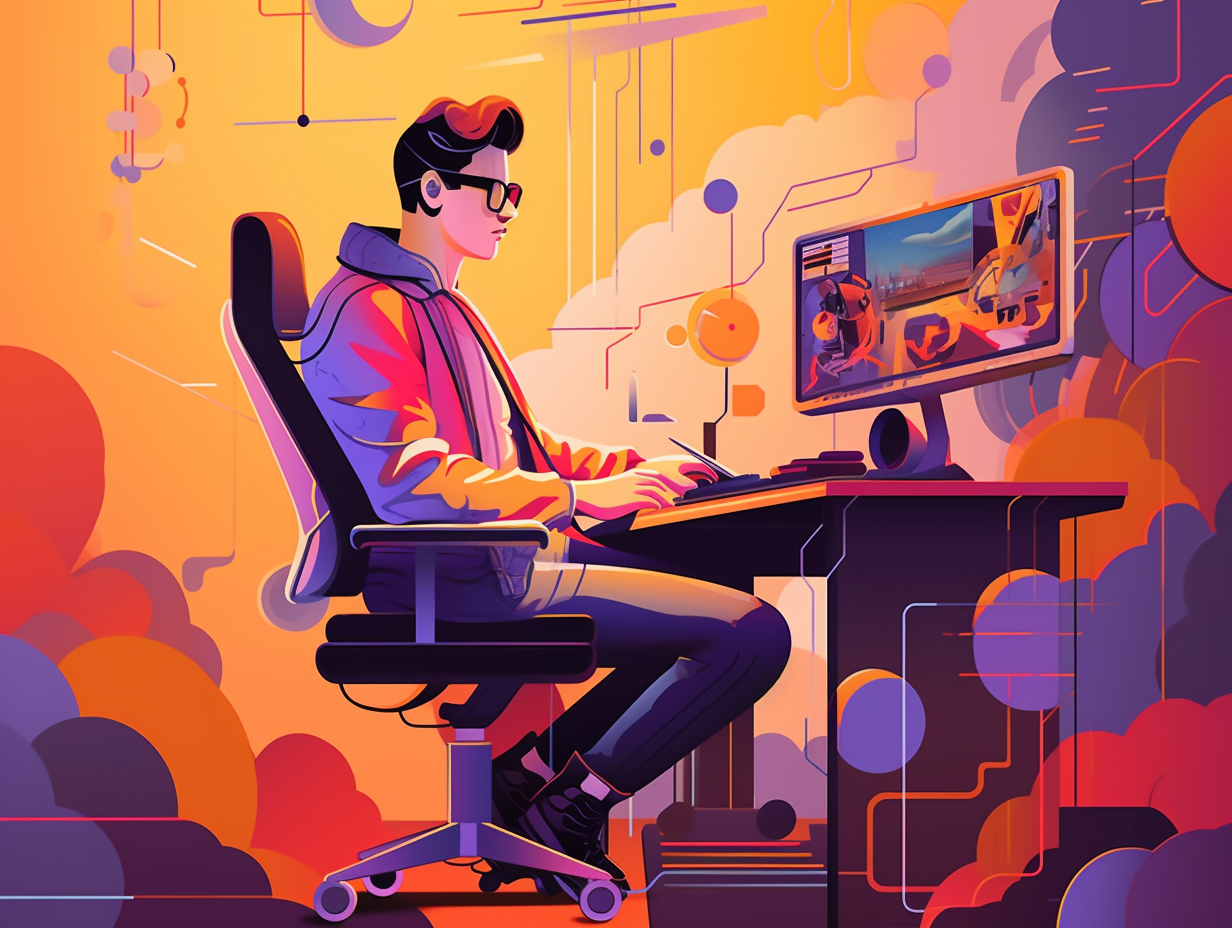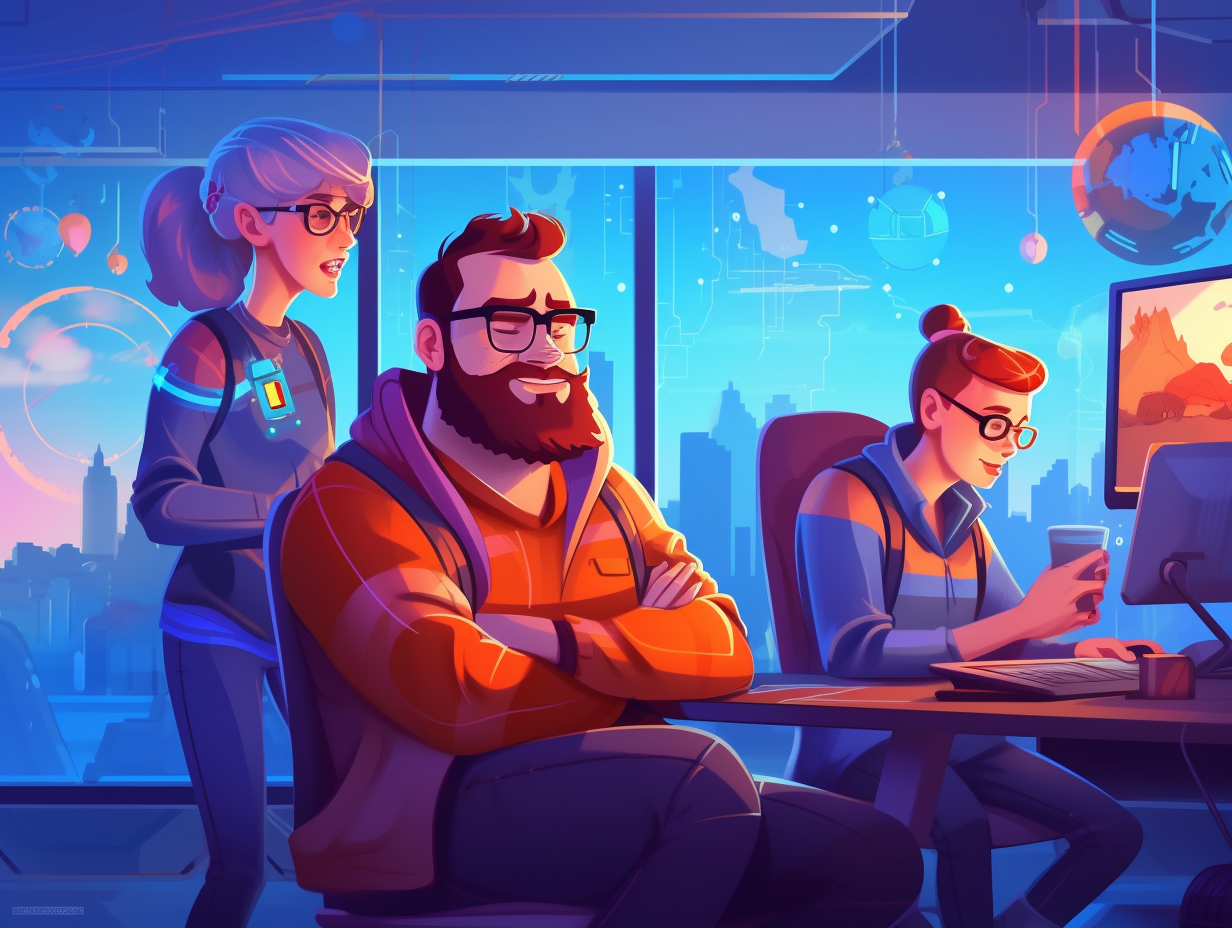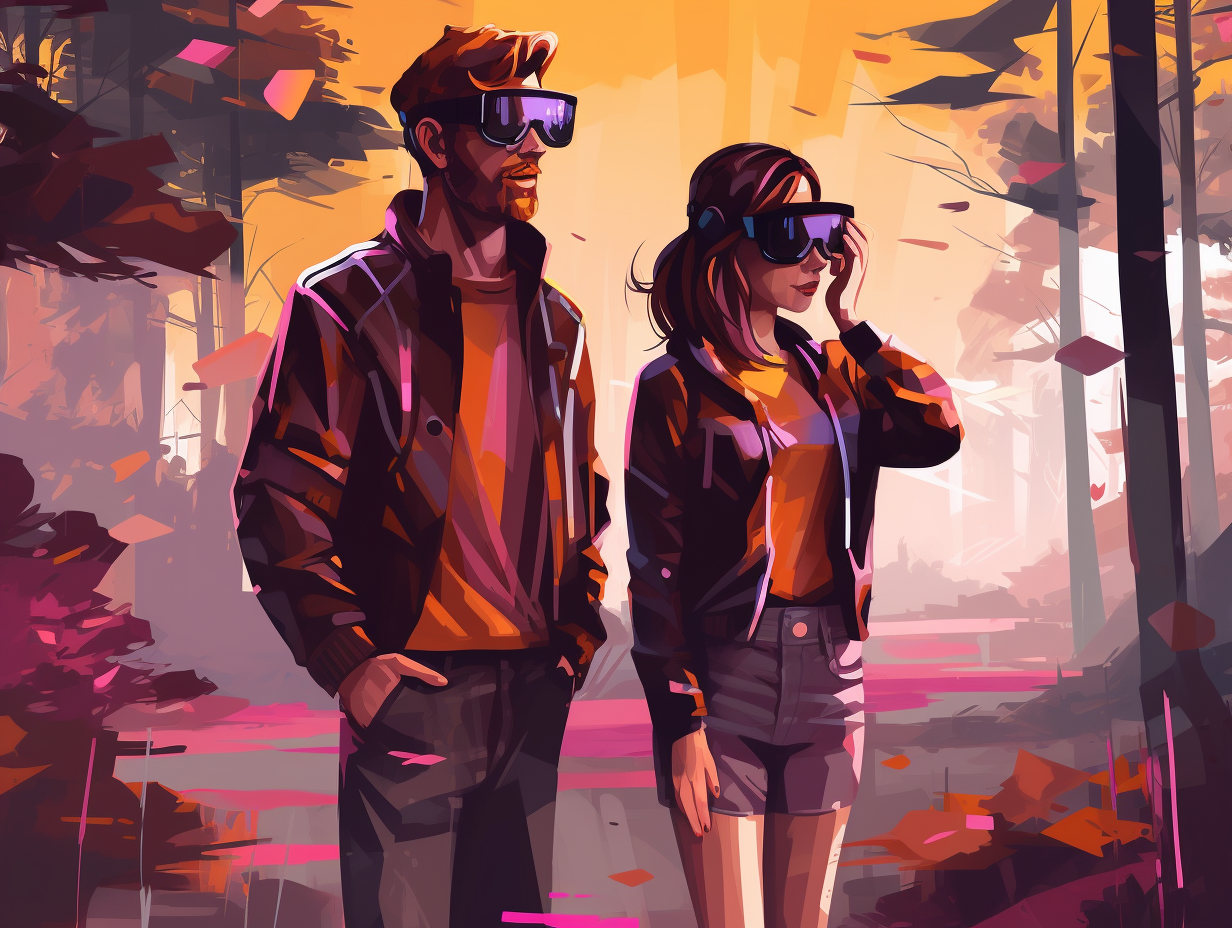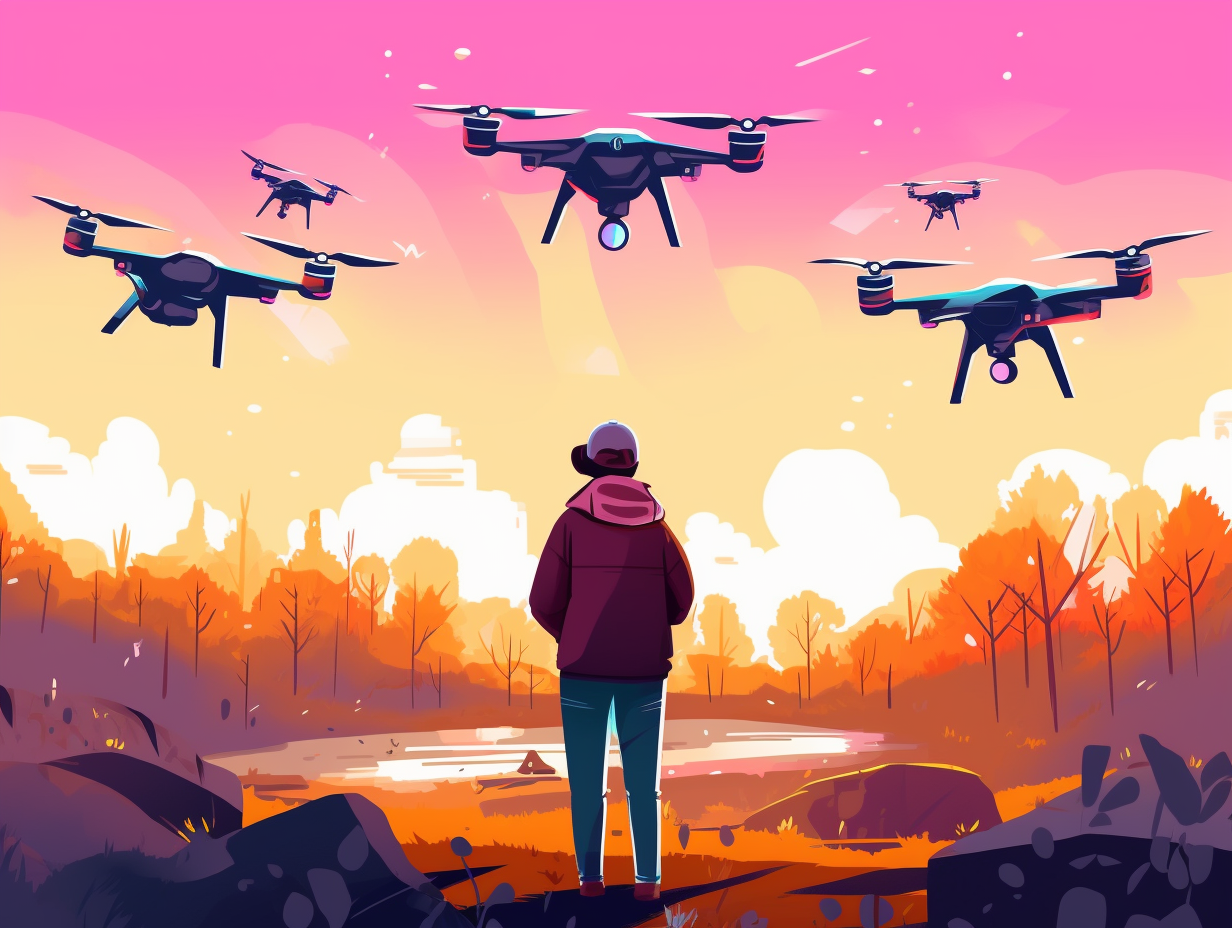Discover the Digital World: Top 13 Fun Facts About Computers You Never Knew!

1. Touchy Beginnings
Before you go all touchy-feely with your smartphones, remember that an engineer in the swinging 60s had his finger on the pulse of touch technology before it was even cool: E.A. Johnson, a Brit from the Royal Radar Establishment, invented the first capacitive touch screen in the 1960s, while Dr. G Samuel Hurst made resistive technology a touch more electric in the 1970s - giving us two different ways to poke, prod, and swipe our way through digital life.
Source => pixelution.co.uk
2. Clouds of Electrons
Before we had cloud storage, we were storing data on clouds of electrons! No, seriously, we were: The Williams tube, developed in the late 1940s, was the first successfully demonstrated form of computer memory, using a cathode-ray tube to store data that could be rapidly accessed by the computer – a groundbreaking early step in computer development, thanks to the genius of its creator, Frederic C. Williams.
Source => kimon.hosting.nyu.edu

Did you know the first laptop took a ride to space and had a whopping $8000 price tag? Discover the fascinating story of the GRiD Compass, the revolutionary precursor to modern laptops! 🚀💻💰
=> Fun Facts about Laptops
3. QWERTY Tango
Once upon a jammed finger and a sticky key: typing wasn't always a piece of qwerty cake! Contrary to popular belief, the QWERTY keyboard layout wasn't designed to prevent ink-slinging typebars from misbehaving on early typewriters. In reality, it was engineered to enhance typing speeds by separating letter pairs that often slow dance together and pushing for a left-right hand tango, as cited above.
Source => en.wikipedia.org
4. Coffee-Infused Coding
What do coffee beans and computer code have in common? They're both critical for those all-nighter programming sessions, and Java has a bit more brewing than you might think: Java, released in 1995, was named after the island of Java where the Dutch introduced coffee in the 1600s; it was initially called Oak before its creators changed it to Java to reflect the island's caffeinated history, even including a steaming coffee cup as the language's icon. But no worries—this programming language won't induce jittery fingers from a coffee overdose!
Source => driftaway.coffee

5. Kildall's Kitchen
Before Gary Kildall became the unintentional ghost of the tech world, he was cooking up a software storm in his 1970s cyber-kitchen: This digital chef whipped up the first commercially successful operating system for microcomputers, CP/M, in 1974 – a full three years before Star Wars even hit the big screen – and made it possible to own a computer way before it was cool or attainable for the average Joe.
Source => computerhistory.org
6. Fruity Tech Sensation
Why did the Raspberry Pi become a fruity techno-sensation? It's simply a slice of Pi: The Raspberry Pi is named after delectable fruits in homage to iconic computing ancestors like Tangerine Computer Systems and Apricot Computers, with the "Pi" being a nod to Python, the coding language the system was originally cooked up for.
Source => cleantechloops.com
7. Moth to a Flame
Before Thomas Edison was dropping lightbulb moments, he was dealing with some seriously bugging issues, and we don't mean his annoying inventions rival: Lo and behold: it was way back in 1878 when Edison first noted a "bug" causing complications in his telephone designs. Fast forward to 1947, computer scientist Grace Hopper solidified the term's connection to tech when she found a moth causing hardware mayhem. While she didn't coin the phrase, she certainly helped it stick like a moth to a flame, and now we spend September 9 celebrating "Tester's Day" for software testing tribulations and Hopper's buggy impact on computing lingo.
Source => globalapptesting.com
8. Voice Recognition Evolution
Back in the day, when Siri, Alexa, and their digital pals were just a sparkle in gadget-lovers' eyes, voice recognition lived a modest, number-bound life: The first voice recognition technology in the 1950s could only understand numerical digits from 0-9 and was restricted to a specific voice type. But fear not, tech fans, for by the 2010s, voice recognition had found its voice, and the digital assistant market was dominated by the vocal stylings of Apple's Siri, Google Assistant, Amazon's Alexa, and Samsung's Bixby.
Source => makeuseof.com
9. Clairvoyant Computer
In a twist that would make Nostradamus green with envy, a 1950s clairvoyant computer let loose some Yoda-worthy wisdom on election night: UNIVAC accurately predicted the outcome of the 1952 US Presidential election between Dwight D. Eisenhower and Adlai Stevenson, defying public opinion poll expectations and marking an early example of computers flexing their data analysis and predictive prowess.
Source => computerhistory.org

10. Electronic Mammoth
Imagine a colossal, electronic mammoth, dwarfing your entire apartment and making you reconsider your gym membership because it weighs the same as 60 grand pianos: ENIAC, the first programmable digital computer, tipped the scales at over 30 short tons and occupied 1,800 square feet while using a staggering 18,000 vacuum tubes and roughly 5 million hand-soldered joints to process numbers up to a blazing 385 multiplication operations per second.
Source => en.wikipedia.org
11. Devilish Vintage Tech
Feeling "devilishly" inspired by your old tech, but strapped for cash? Behold the holy grail of vintage computers: The Apple-1 was hand-built in 1976 by our very own Tech Gods, Steve Jobs and Steve Wozniak, and originally sold for a sinfully appealing $666. But turn that nerdy-frown upside-down, as these holy relics now fetch a pretty penny: Only 200 units were produced and it's believed just 60 to 70 are still around, with a fully functional Apple-1, signed and numbered by Steve Jobs, auctioning for over $440,000 recently.
Source => macrumors.com
12. Apollo's Tamagotchi Power
Did you know that the Apollo missions had computers with less power than your Tamagotchi pet? You might be inclined to say "Houston, we've had a problem," but here's the deal: the Apollo Guidance Computer used silicon integrated circuits and was as powerful as the first generation of home computers like the Apple II and the TRS-80. Despite being a bit of a 'lunar-tic', it was responsible for guiding, navigating, and controlling both the command module and the Apollo Lunar Module, making it a true space-age hero.
Source => en.wikipedia.org
13. The Birth of @
Next time you "@" someone, thank Ray for making it happen: Ray Tomlinson sent the first email in 1971, introducing the "@" sign in email addresses and transforming communication with a simple test message sent via ARPANET, the Internet's precursor.
Source => computinghistory.org.uk
Related Fun Facts




















